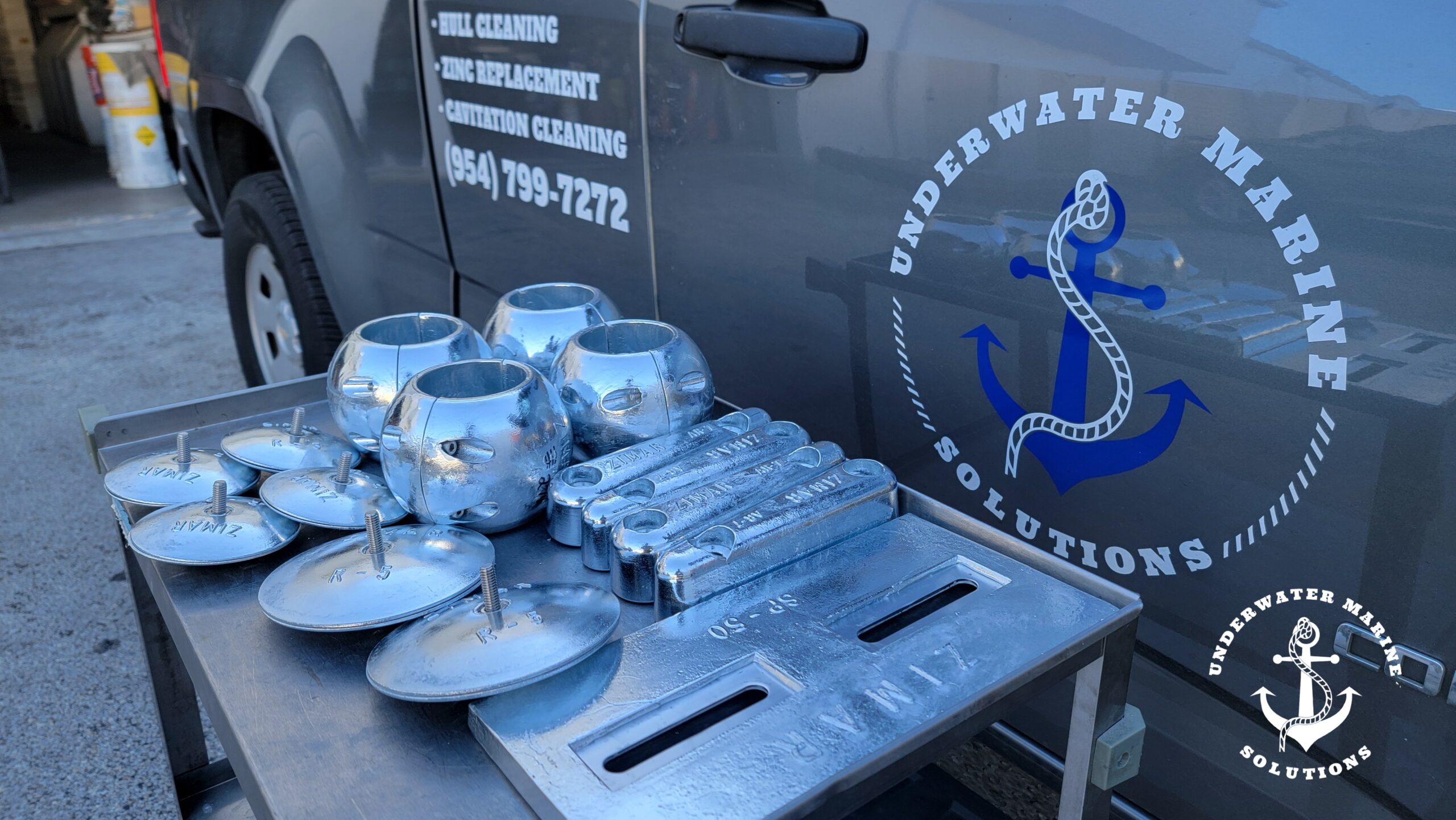What’s silently protecting your boat from rusting away in saltwater? The answer lies in zinc anodes—and the zinc anode inspection and renewal process is crucial to keeping your vessel safe. These sacrificial metals shield your boat’s critical components from corrosion, but they wear out over time. In this article, we’ll uncover why regular zinc anode inspection and renewal is a must in 2025, its key benefits, and how tools like New Wave Scrapers can enhance your marine maintenance routine. Ready to save your boat from costly damage? Let’s dive into the essentials of keeping your underwater gear in top shape!
What is Zinc Anode Inspection and Renewal and Why is it Important?
Zinc anode inspection and renewal involves checking and replacing the zinc anodes (also called sacrificial anodes) attached to a boat’s metal parts—like the propeller, rudder, or hull. These anodes corrode instead of your boat’s more valuable components, acting as a shield against galvanic corrosion in saltwater.
Why is it critical? Corrosion costs boat owners over $1 billion annually in repairs, according to a 2023 National Marine Manufacturers Association report. Worn-out anodes leave your boat vulnerable, risking damage that can cost $500-$5,000 to fix. Regular boat corrosion protection through zinc anode inspection and renewal prevents this, ensuring your vessel stays seaworthy and your wallet intact.
Key Benefits of Zinc Anode Inspection and Renewal
Here’s why zinc anode inspection and renewal is a boater’s best friend:
- Prevents Costly Damage: Stops corrosion from eating away at props, shafts, and hulls.
- Extends Component Life: Protects metal parts, doubling their lifespan with proper zinc anode replacement.
- Boosts Performance: Clean, corrosion-free gear means smoother sailing and better fuel efficiency.
- Saves Money: Early renewal avoids repairs that far exceed the $10-$50 cost of new anodes.
- Enhances Safety: Prevents failures in critical underwater systems like rudders or engines.
These perks make it a cornerstone of effective marine maintenance.
How to Use Zinc Anode Inspection and Renewal Effectively
Master zinc anode inspection and renewal with these steps:
- Locate Your Anodes: Check the prop shaft, rudder, trim tabs, and hull—common spots vary by boat.
- Inspect Visually: Look for pitting or erosion—replace if 50% or more is worn (use New Wave Scrapers to clear growth first).
- Remove Old Anodes: Unscrew or unbolt them—clean mounting spots with a scraper’s stainless steel blade.
- Install New Ones: Secure fresh zinc anodes with proper bolts, ensuring tight contact with metal surfaces.
- Test Continuity: Use a multimeter to confirm the anode is working—continuity means protection.
For more boat corrosion protection tips, see our boat maintenance essentials guide.
Best Practices for Zinc Anode Inspection and Renewal in 2025
Stay ahead with these 2025 strategies for zinc anode inspection and renewal:
- Check Seasonally: Inspect every 3-6 months, or monthly in warm, salty waters where corrosion accelerates.
- Use Quality Zinc: Opt for mil-spec zinc anodes (MIL-A-18001K) for maximum zinc anode replacement durability.
- Prep with Tools: New Wave Scrapers’ “web wedge” grip makes clearing marine growth a breeze before renewal.
- Track Trends: Google Trends shows a 20% spike in “boat corrosion protection” searches in 2025—boaters are prioritizing this now.
X posts highlight anodes as a top maintenance focus this year, reflecting their growing importance.
Common Mistakes to Avoid When Using Zinc Anode Inspection and Renewal
Don’t let these slip-ups corrode your efforts:
- Ignoring Wear: Waiting until anodes are fully gone leaves metal exposed—check early.
- Skipping Cleaning: Growth hides wear—use New Wave Scrapers to reveal the anode’s true state.
- Using Wrong Anodes: Aluminum or magnesium anodes don’t always work in saltwater—stick to zinc.
- Poor Installation: Loose anodes fail to protect—tighten bolts securely for boat corrosion protection.
Avoid these to keep your boat’s defenses strong and reliable.
FAQs About Zinc Anode Inspection and Renewal
Here are answers optimized for FAQ schema:
What is zinc anode inspection and renewal?
Zinc anode inspection and renewal involves checking and replacing sacrificial zincs on a boat to prevent corrosion of metal parts.
Why is it key for marine maintenance?
It protects critical components from rust, saving money and ensuring safety in marine maintenance.
How often should I inspect zinc anodes?
Every 3-6 months, or more in harsh conditions, to catch wear before damage starts.
Can New Wave Scrapers help with this?
Yes! Their stainless steel blades clear growth, making zinc anode inspection and renewal easier and more accurate.
How do I know when to replace anodes?
Renew when 50% worn—pitting or crumbling signals it’s time for zinc anode replacement.
Conclusion: Prioritize Zinc Anode Inspection and Renewal Today
Zinc anode inspection and renewal is your boat’s first line of defense against corrosion in 2025. By catching wear early and replacing anodes on time, you’ll save thousands in repairs, boost performance, and extend your vessel’s life. Pair this with tools like New Wave Scrapers—featuring ergonomic grips and rust-free steel—and your marine maintenance becomes a breeze. Don’t let corrosion sink your fun—act now to keep your boat protected. Dive into our boat maintenance essentials for more expert advice!

